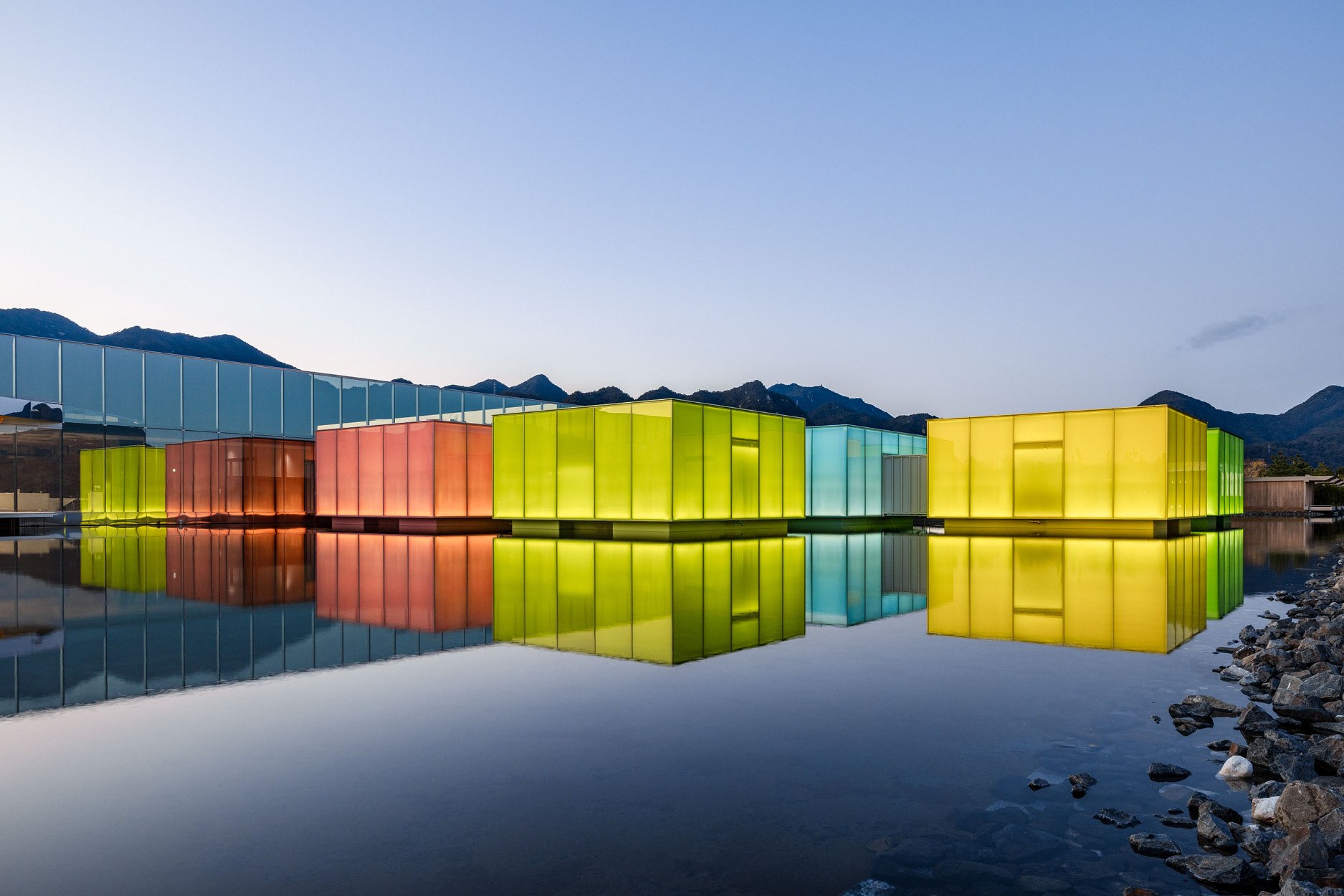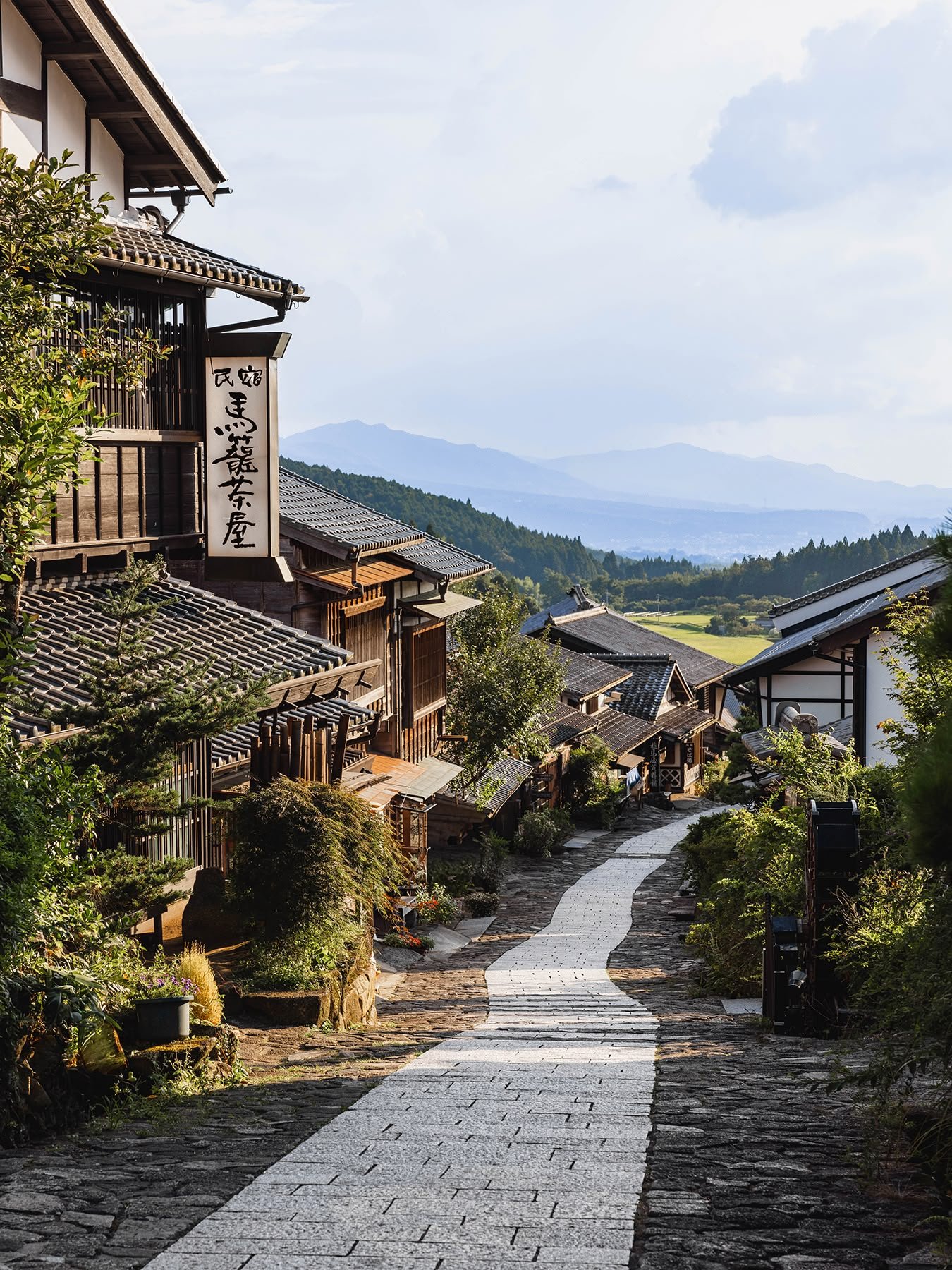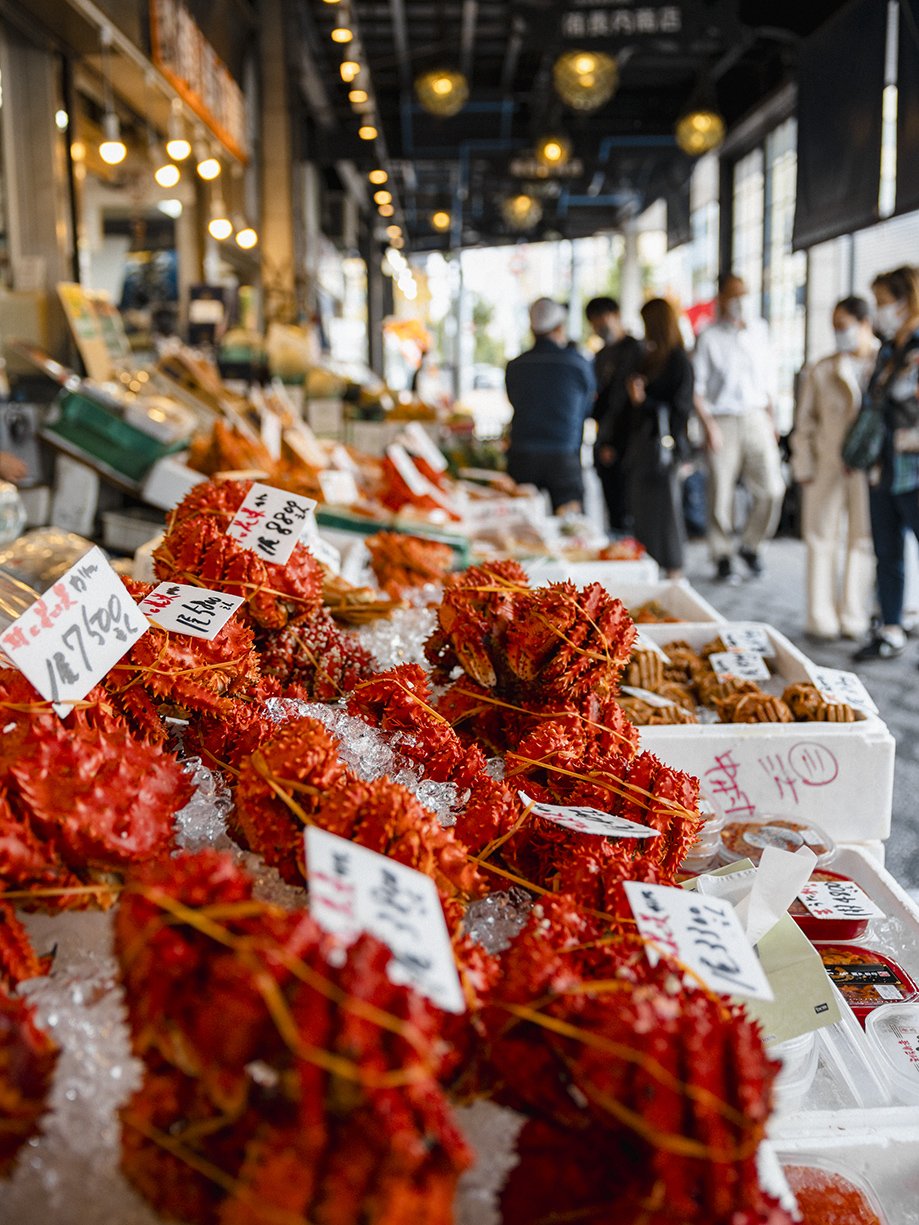Best Places to Visit in Japan this Winter (Updated for 2025)
It’s quickly approaching that time of year when Japan’s mountains, temples, and countryside transform into a winter scene. Snow blankets the landscapes, and quiet streets give way to cosy lights and steaming hot springs. One of the things I love about experiencing winter in Japan is that so much of it can be enjoyed freely. Whether you're a bucket list traveller or a budget-conscious explorer, there’s always something uniquely Japanese waiting to be discovered. Below, I share some of my favourite winter spots across Japan, from Hokkaido’s snowy peaks to historic villages and many places in between.
When is Best to Experience Winter in Japan?
Winter in Japan typically runs from December to February, but the best time to visit depends on what you want to experience. Skiing and snowboarding enthusiasts flock to Hokkaido as early as December for fresh powder, while regions like Nagano are prime for snow activities and festivals in January and February. For cultural experiences, traditional New Year celebrations and temples draped in snow offer a peaceful escape during this season. It's always best to check regional weather forecasts and updates from the Japan Meteorological Corporation to ensure your trip aligns with the winter activities and landscapes you’re hoping to explore.
Where to Visit in Japan this Winter
Togakushi Shrine, Nagano
Best time to visit: Early January to late February
Nestled in the snow-covered forests of Nagano, Togakushi Shrine offers a striking winter scene for visitors. The towering cedar trees along the path to the shrine are blanketed in snow, adding a quiet beauty that complements the site’s deep historical ties to Japanese mythology. Winter adds an extra layer of tranquillity to the already spiritual experience.
Niseko, Hokkaido
Best time to visit: December to March
Famous for its world-class ski resorts, Niseko in Hokkaido is a dream destination for winter sports lovers. With some of the best powder snow in the world, the region attracts skiers and snowboarders from all over the globe. Beyond the slopes, Niseko’s hot springs and cosy après-ski culture make it an ideal spot for a winter escape.
Eiheiji Temple, Fukui
Best time to visit: January to Late February
A Zen Buddhist temple located in the remote mountains of Fukui, Eiheiji is particularly beautiful in winter when the entire temple complex is blanketed in snow. The quiet of winter enhances the meditative atmosphere, making it an ideal time to experience the deep spiritual practices of the monks who live here.
Looking for travel guides and itineraries? Subscribe to the weekly Views from Japan newsletter here.
Jigokudani Monkey Park, Nagano
Best time to visit: December to Late February
Home to the famous Japanese snow monkeys, Jigokudani Monkey Park offers a unique and unforgettable winter experience. The park is a popular destination, so visiting early in the morning is recommended for a quieter experience - and to watch in peace as the monkeys bathe in the natural hot springs, surrounded by a snowy landscape.
Image © Centrip Japan
Kenroku-en Garden, Kanazawa
Best time to visit: January to Late February
One of Japan’s most famous traditional gardens, Kenroku-en in Kanazawa takes on a magical quality in winter. The garden’s meticulously arranged landscapes are draped in snow, with pine trees propped up by yukitsuri—ropes that protect them from heavy snowfalls. The quiet paths, frozen ponds, and snow-covered bridges create a serene and picturesque setting for visitors.
Discover lesser-known destinations, bucket list experiences and unique hotel recommendations in my brand-new guidebook, Views from Japan.
Image © JNTO
Zao Snow Monsters, Yamagata
Best time to visit: Late January to March
The eerie and awe-inspiring sight of the “snow monsters” at Zao Onsen is a natural phenomenon well worth seeing. These frosted trees, encased in thick layers of snow and ice, resemble mystical creatures. Visitors can enjoy night illuminations that give the snow monsters an otherworldly glow or take advantage of the nearby ski slopes for a world-class winter adventure.
Image © Japanese Patterns of Design
Shirakawa-go, Gifu
Best time to visit: January to February
A UNESCO World Heritage site, Shirakawa-go is famous for its gassho-zukuri farmhouses, which are particularly stunning under a blanket of snow. The steep, thatched roofs of these houses are designed to withstand heavy snowfall, creating a picture-perfect winter village scene. The village also hosts winter light-up events, making it a truly enchanting experience.
Related Post: The Ultimate One Week Hokkaido Itinerary
Fujiyoshida, Yamanashi
Best time to visit: December to Late February
Located at the base of Mount Fuji, Fujiyoshida offers striking winter views of Japan’s most iconic mountain. On clear winter days, the snow-capped peak of Mount Fuji can be seen rising above the landscape, providing countless photo opportunities. The nearby Chureito Pagoda is a particularly famous spot for winter photography, offering panoramic views of both the pagoda and Mount Fuji.
10 Tips and Tricks for Visiting Japan in Winter
Layer up for varied climates - In Japan, winter temperatures can vary greatly between regions. In places like Hokkaido, temperatures can drop well below freezing, while southern areas like Kyushu may be milder. Dress in layers to adapt easily as you travel across different climates.
Savour seasonal delicacies - Winter is the perfect time to indulge in local Japanese dishes that are particularly popular during colder months. Enjoy hot pots like sukiyaki and shabu-shabu, or warm up with regional specialities such as Hokkaido's seafood and Fukui's crab dishes. Be sure to try yakiimo (roasted sweet potatoes) from roadside vendors.
Experience onsen culture - Japan's onsens (hot springs) are especially inviting in winter. Seek out outdoor onsens where you can soak in hot mineral waters surrounded by snow-covered landscapes, such as those found in Hakone or Beppu.
Monitor snowfall reports - If you're planning to ski or snowboard, keep an eye on snowfall forecasts specific to regions like Niseko or Hakuba. Check local websites or apps for real-time updates to ensure you get the best snow conditions.
Maximize daylight hours - With shorter days in winter, many attractions close earlier than in other seasons. Plan your sightseeing to take advantage of daylight, aiming to visit popular sites like Kenroku-en Garden in Kanazawa during the afternoon light.
Join winter festivals - Experience Japan's unique winter festivals, like the Sapporo Snow Festival, where stunning snow and ice sculptures are on display. Don't miss local events in places like Otaru, where you can enjoy illuminations and traditional winter activities.
Explore the landscape - Winter often brings fewer tourists to iconic sites, offering a chance to enjoy peaceful experiences. Visit places like Shirakawa-go, where the thatched-roof houses look enchanting under a blanket of snow, allowing for a more intimate encounter with the scenery.
Participate in local winter sports - Beyond skiing, try snowshoeing or ice fishing in regions like Nagano. Also consider participating in traditional winter activities, such as making mochi (rice cakes) during local festivals.
Navigate the efficient transport system - Japan’s trains are generally reliable even in winter, but check for potential service adjustments during heavy snowfall. Consider the Japan Rail Pass (if it makes sense in your case) for convenient travel across regions, especially to reach ski areas and hot springs.
Book in advance for popular destinations - Popular winter spots like Hakuba or Niseko can fill up quickly during peak season. Secure your accommodations early to avoid disappointment, especially if you’re looking for unique stays like ryokans (traditional inns) with winter views.
Affiliate Disclosure: Please note this post may contain affiliate links. By purchasing via these links, I may earn a small commission at no additional cost to you. It’s a big help to keep this site up and running and I only promote products and services that I personally use and trust. Thanks!
Are You Ready to Discover Japan, Minus the Crowds?
Tired of seeing the same over-crowded locations in Japan? I’ve spent five years exploring all corners of the country and now reveal everything I have learnt in my brand new travel guidebook. In Views from Japan, I take you on a journey through unique architectural destinations, under-the-radar neighbourhoods and timeless countryside hotels, as well as reveal my most trusted insider travel tips and so much more.

















